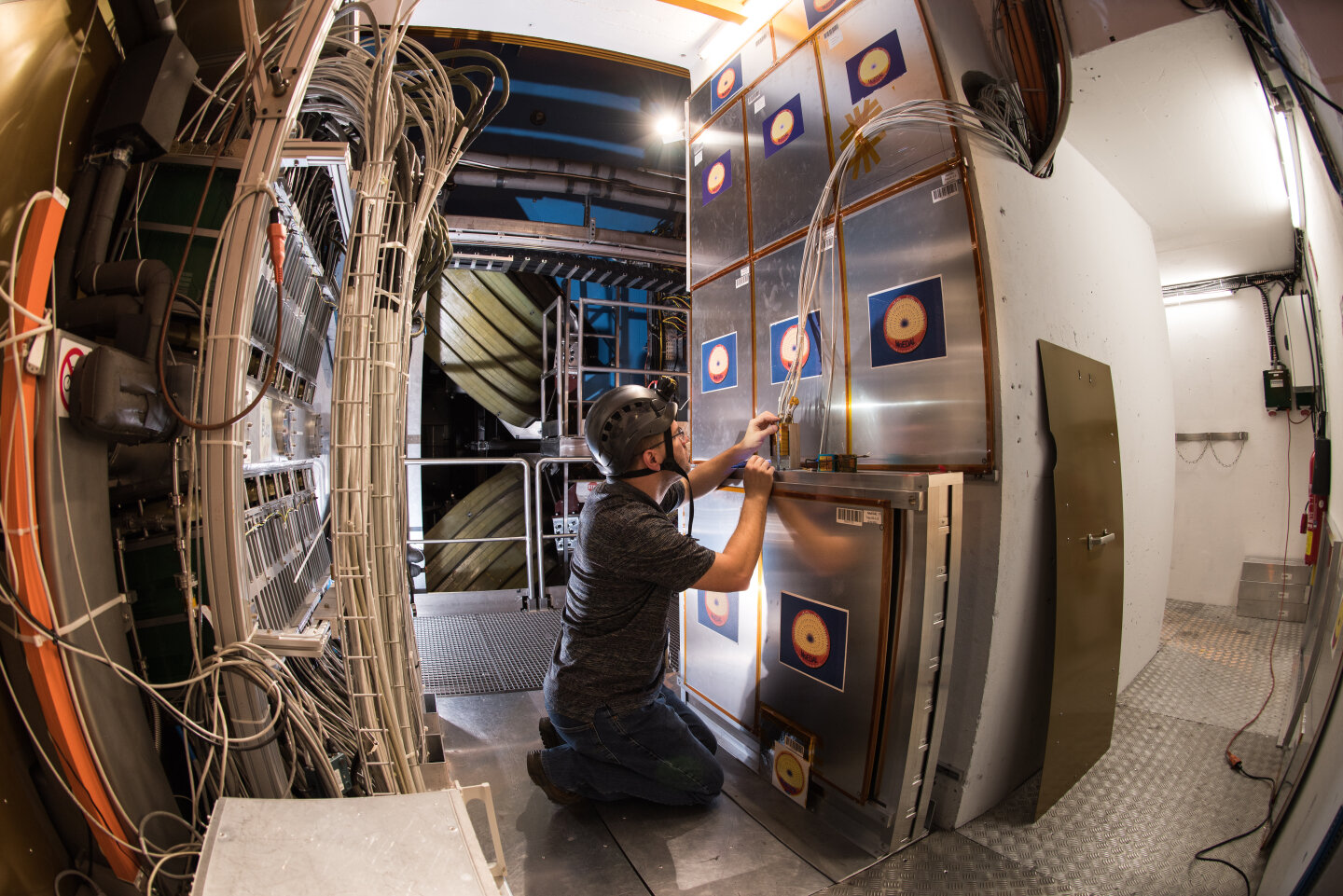The latest findings, detailed in two papers published on the arXiv preprint server, significantly narrow down the potential existence of magnetic monopoles.
At the Large Hadron Collider (LHC), magnetic monopoles could be generated in collisions involving protons or heavy ions. These particles could arise from various mechanisms, such as the Drell–Yan mechanism or the photon-fusion mechanism. Additionally, magnetic monopoles could emerge from the vacuum in high magnetic fields during near-miss heavy-ion collisions, a process known as the Schwinger mechanism.
Since its inception in 2012, MoEDAL has made significant strides, including pioneering searches for magnetic monopoles at the LHC through different mechanisms.
In their recent studies, the MoEDAL team focused on detecting monopoles and high-electric-charge objects (HECOs) produced via the Drell–Yan and photon-fusion mechanisms. This investigation utilized data from proton–proton collisions during Run 2 of the LHC, marking the first comprehensive use of the MoEDAL detector.
2024-04-27 15:51:01
Source from phys.org
